Hi there, pet lovers! 🐍🌿
For reptile enthusiasts seeking a pet that’s as mesmerizing as it is unusual, the Asian Vine Snake (Ahaetulla prasina) stands out as one of nature’s most fascinating creations. With its slender, vine-like body, striking emerald coloration, and almost alien-like eyes, this snake looks like something from a fantasy world. But is it the right pet for you?
In this detailed review, we’ll explore everything you need to know about keeping an Asian Vine Snake—from its unique behavior and care requirements to its feeding habits and legal considerations. Whether you’re a seasoned reptile keeper or simply captivated by this extraordinary species, this guide will help you decide if the Asian Vine Snake belongs in your home.
Overview
The Asian Vine Snake is a rear-fanged, mildly venomous arboreal species native to Southeast Asia. Known for its incredible camouflage, slender body, and large, horizontally-pupiled eyes, this snake is more of a display animal than a hands-on pet. Here’s a quick summary of what makes them unique:
- Handling & Temperament: Not ideal for frequent handling; can be defensive.
- Care & Maintenance: Moderate to high difficulty—requires precise humidity and climbing space.
- Health & Durability: Sensitive to stress and dehydration; best suited for experienced keepers.
- Availability: Mostly wild-caught; captive-bred specimens are rare but preferable.
- Cost: Moderate initial setup cost; ongoing expenses include live lizard feeders.
- Overall: A stunning, challenging species best for advanced keepers who appreciate observation over interaction.

Why Choose an Asian Vine Snake?
This snake is not for everyone, but for the right keeper, it offers an unparalleled experience. Here’s what makes them special:
✅ Unmatched Beauty – Their emerald-green scales, slender body, and hypnotic eyes make them one of the most visually striking snakes in the reptile trade.
✅ Fascinating Behavior – Unlike many snakes, they are diurnal (active during the day), allowing for better observation.
✅ Unique Feeding Style – They specialize in eating lizards and frogs, making them an unusual but captivating species to care for.
❌ Not for Handling – They stress easily and prefer minimal interaction.
❌ Specialized Diet – Feeding them can be challenging, as they often refuse rodents and require live lizards.
❌ High Humidity Needs – They thrive in tropical conditions, requiring precise environmental control.
Handling and Temperament
A Snake That Prefers to Be Left Alone
Unlike docile species like corn snakes or ball pythons, the Asian Vine Snake is not a hands-on pet. They are easily stressed and may exhibit defensive behaviors such as:
- Flattening their bodies to appear larger.
- Gaping their mouths to show their black-and-white interior (a warning display).
- Striking (rarely) if they feel threatened.
While their venom is mild (comparable to a bee sting for humans), they are best treated as display animals rather than pets for handling.
Can They Be Tamed?
With patient, infrequent handling, some individuals may become more tolerant, but they will never be as relaxed as a typical pet snake. Sudden movements can startle them, so slow, deliberate interactions are key.
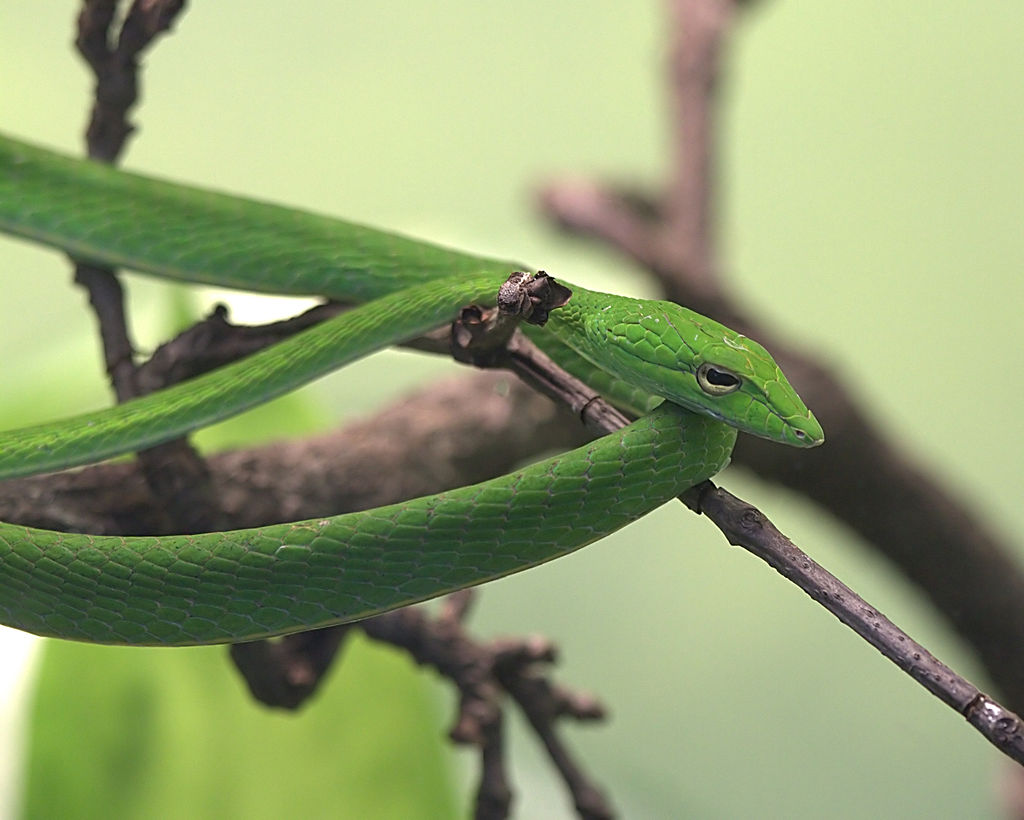
Care and Maintenance
Enclosure Setup
Since these snakes are arboreal (tree-dwelling), their enclosure must prioritize height over floor space.
✔ Minimum Size: 18” x 18” x 36” (for one adult).
✔ Climbing Structures: Branches, vines, and live/fake plants for hiding.
✔ Substrate: Coconut fiber or sphagnum moss to retain humidity.
✔ Hiding Spots: Elevated foliage (they rarely use ground hides).
Humidity & Temperature
- Humidity: 70-90% (daily misting or an automated fogger is ideal).
- Temperature: 75-85°F (24-29°C) with a slight nighttime drop.
- Lighting: UVB is beneficial (though not strictly necessary if diet is supplemented).
⚠ Dehydration Risk: These snakes drink from water droplets on leaves, so a shallow water dish alone is not enough—regular misting is essential.
Feeding: The Biggest Challenge
Asian Vine Snakes primarily eat lizards (anoles, house geckos) and sometimes frogs. Some may accept silverside fish or reptilinks, but most prefer live prey.
✔ Feeder Lizards: Small anoles or geckos (ensure they are parasite-free).
✔ Feeding Frequency: Every 5-7 days for juveniles, every 7-10 days for adults.
✔ Supplementation: Calcium dusting on feeders is recommended.
⚠ Rodent Refusal: Most will not eat mice, making them a poor choice for keepers uncomfortable with feeding lizards.
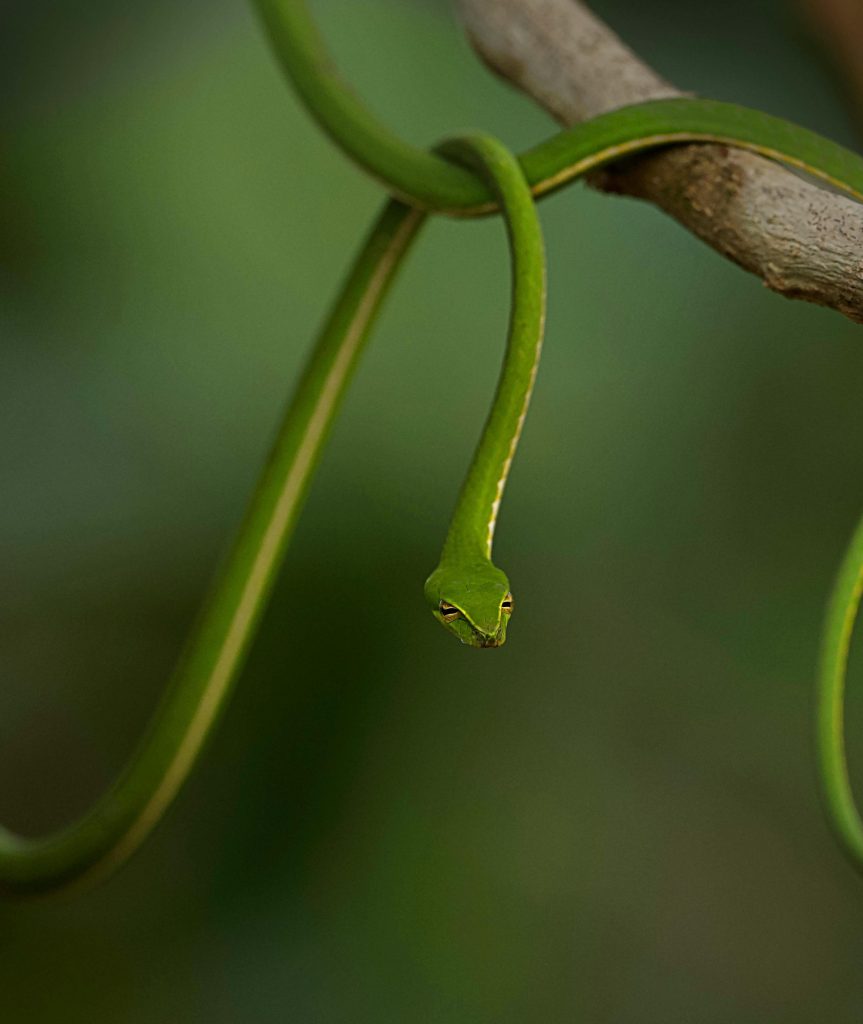
Health and Durability
Common Health Issues
- Dehydration (wrinkled skin, sunken eyes).
- Stress-related anorexia (refusing food).
- Parasites (common in wild-caught specimens).
Preventative Care
✔ Quarantine New Snakes (especially wild-caught ones).
✔ Regular Vet Check-ups for parasite testing.
✔ Stable Humidity & Temperature to prevent respiratory infections.
⚠ Wild-Caught vs. Captive-Bred: Always choose captive-bred if possible—they adapt better and have fewer health issues.
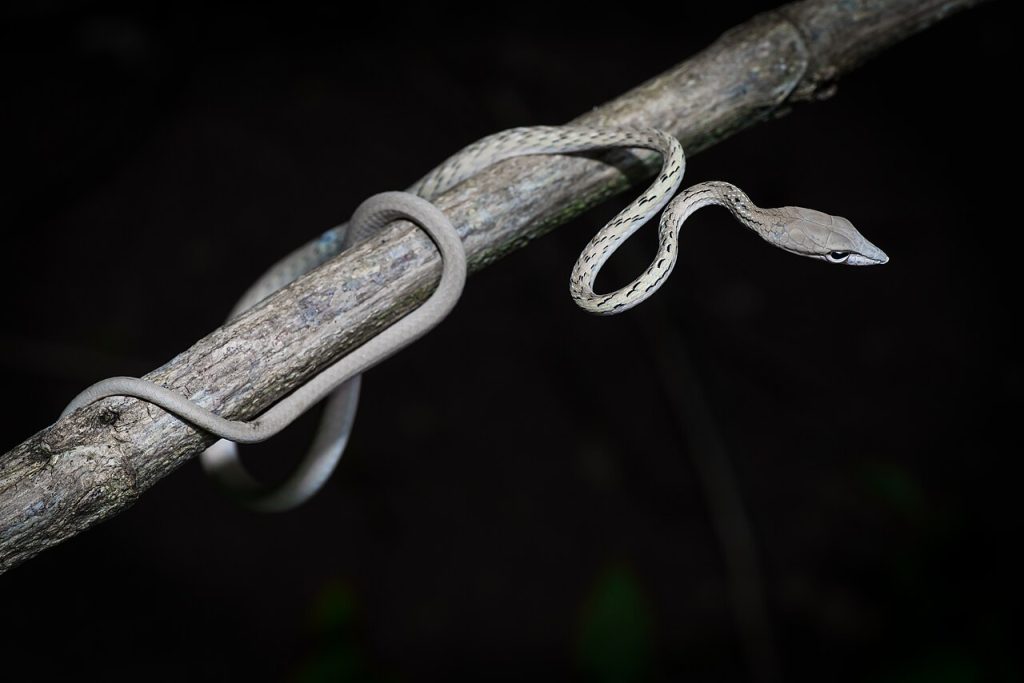
Availability and Cost
Where to Buy?
- Reptile Expos (sometimes available from specialty breeders).
- Online Reptile Retailers (check for captive-bred options).
- Local Breeders (rare, but worth seeking out).
Price Range
- Wild-Caught: $50 to $150 (higher risk of health issues).
- Captive-Bred: $200 to $400+ (more expensive but healthier).
- Setup Cost: $300 to $500 (enclosure, lighting, humidity control).
Pros and Cons
Pros
✅ One of the most beautiful snakes in the world.
✅ Active during the day—great for observation.
✅ Fascinating hunting behavior (lizard specialists).
Cons
❌ Not handle-friendly (easily stressed).
❌ Requires live lizards as food (ethical & logistical challenges).
❌ High humidity needs (risk of dehydration).

Final Thoughts
The Asian Vine Snake is a jaw-dropping species that captivates with its looks and behavior. However, it is not a beginner-friendly pet—its specialized care, feeding requirements, and sensitivity to stress make it best suited for experienced reptile keepers.
If you’re looking for a stunning display animal and are prepared for the challenges, this snake is a rewarding choice. But if you prefer a handleable, easy-to-feed reptile, other species (like crested geckos or corn snakes) may be a better fit.
Would you consider keeping an Asian Vine Snake? Let us know in the comments! And for more exotic pet guides, stay tuned to our blog. 🐍🌿

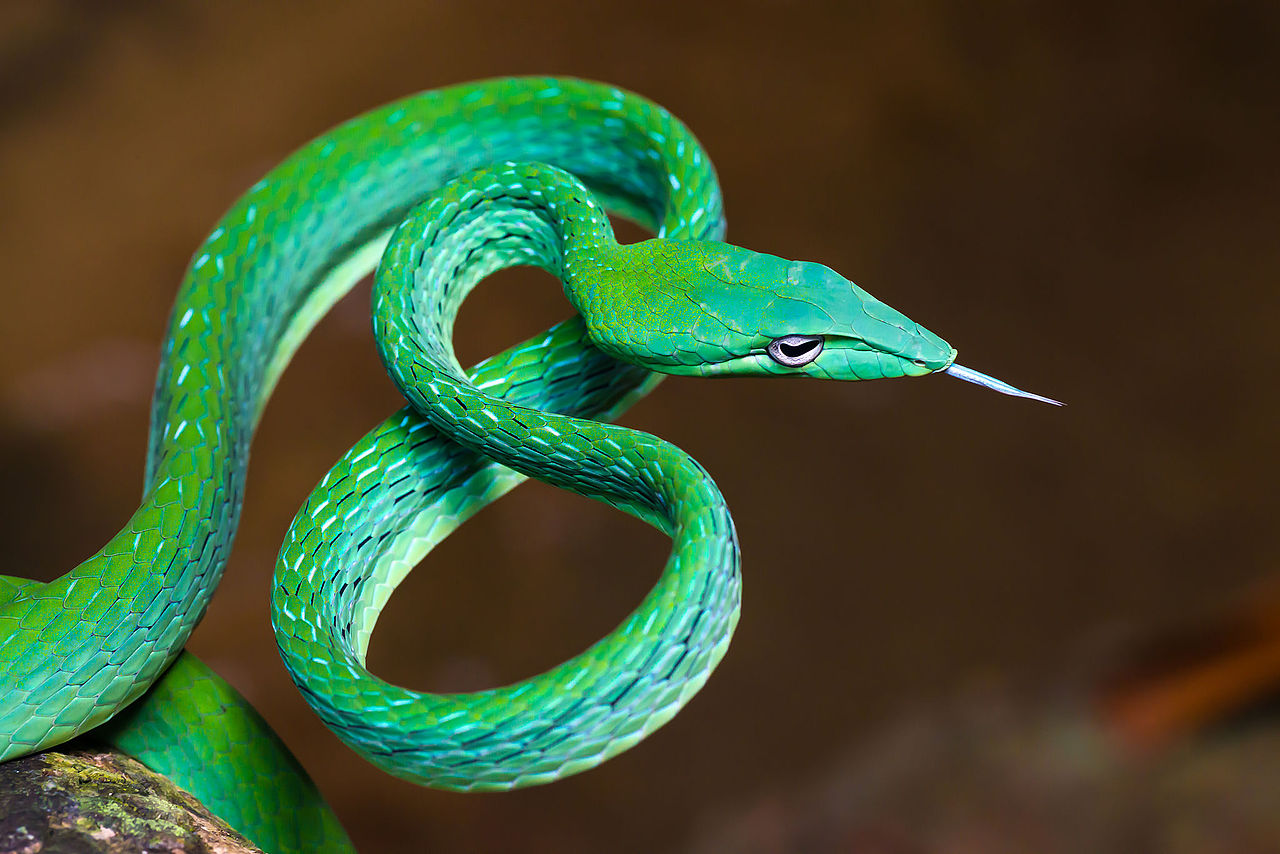

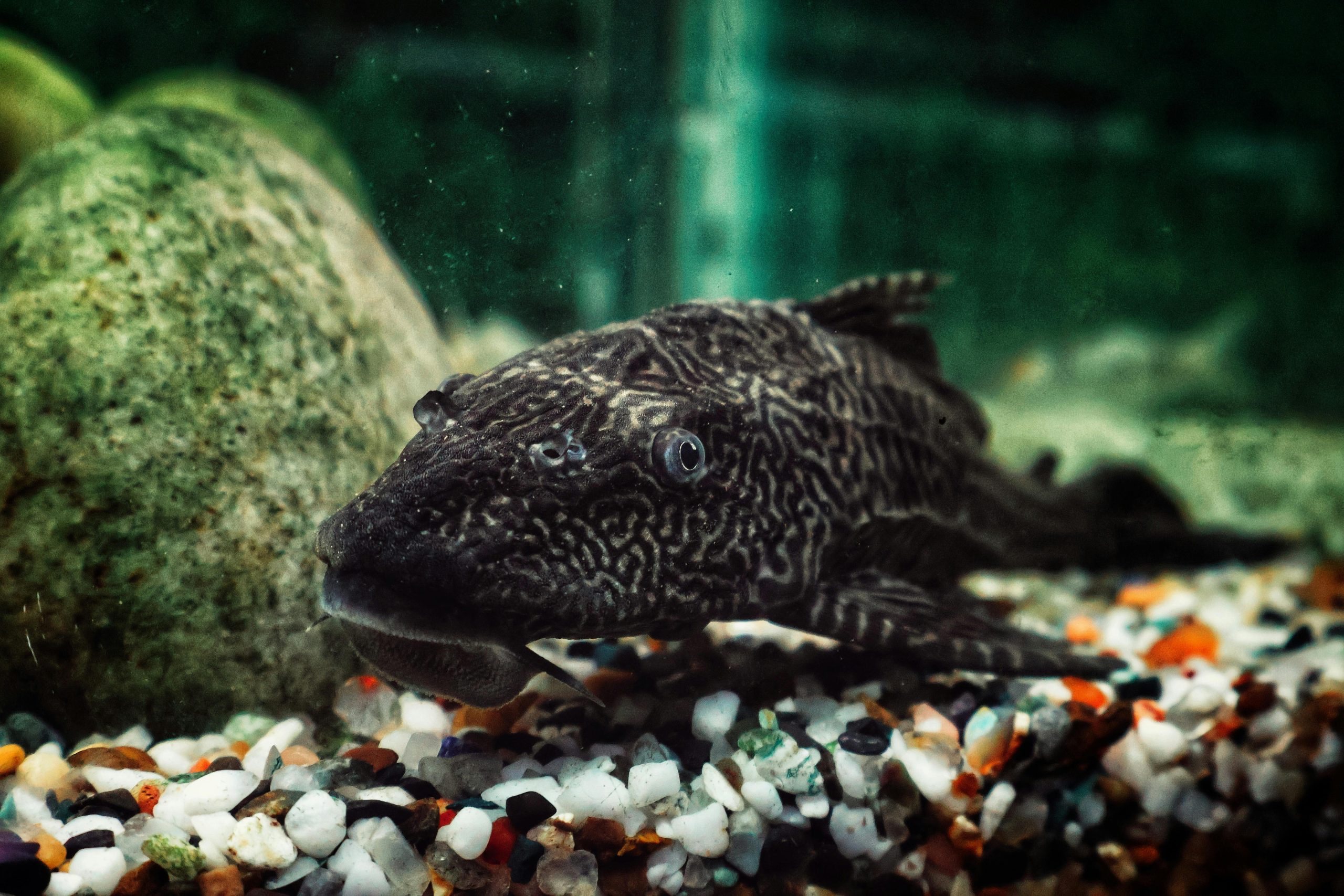
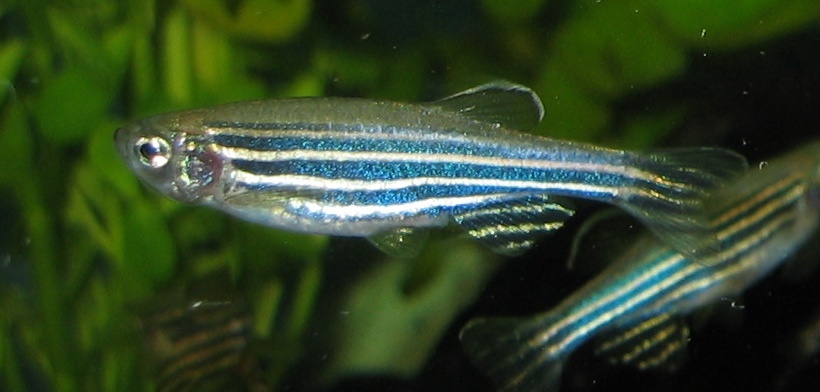
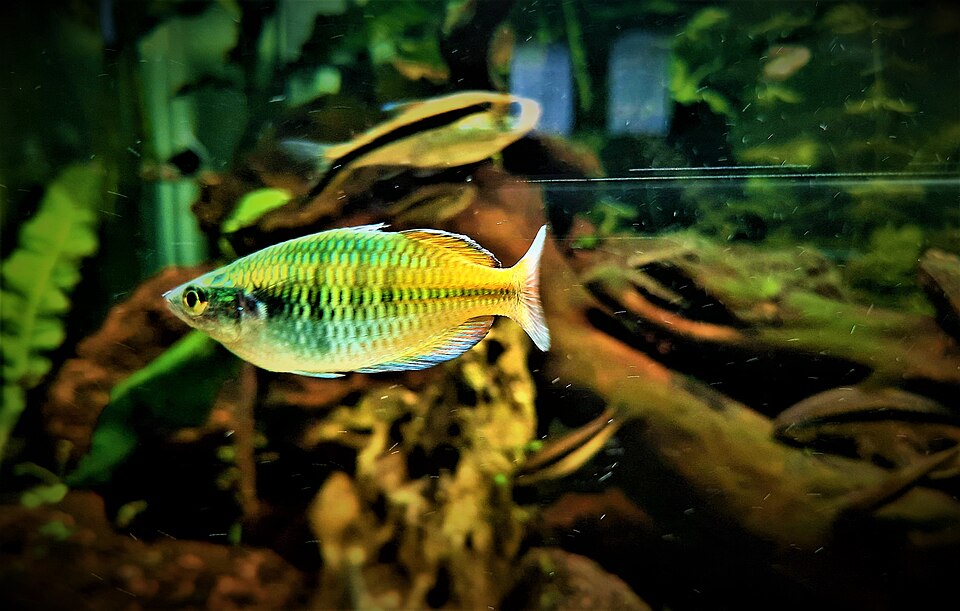
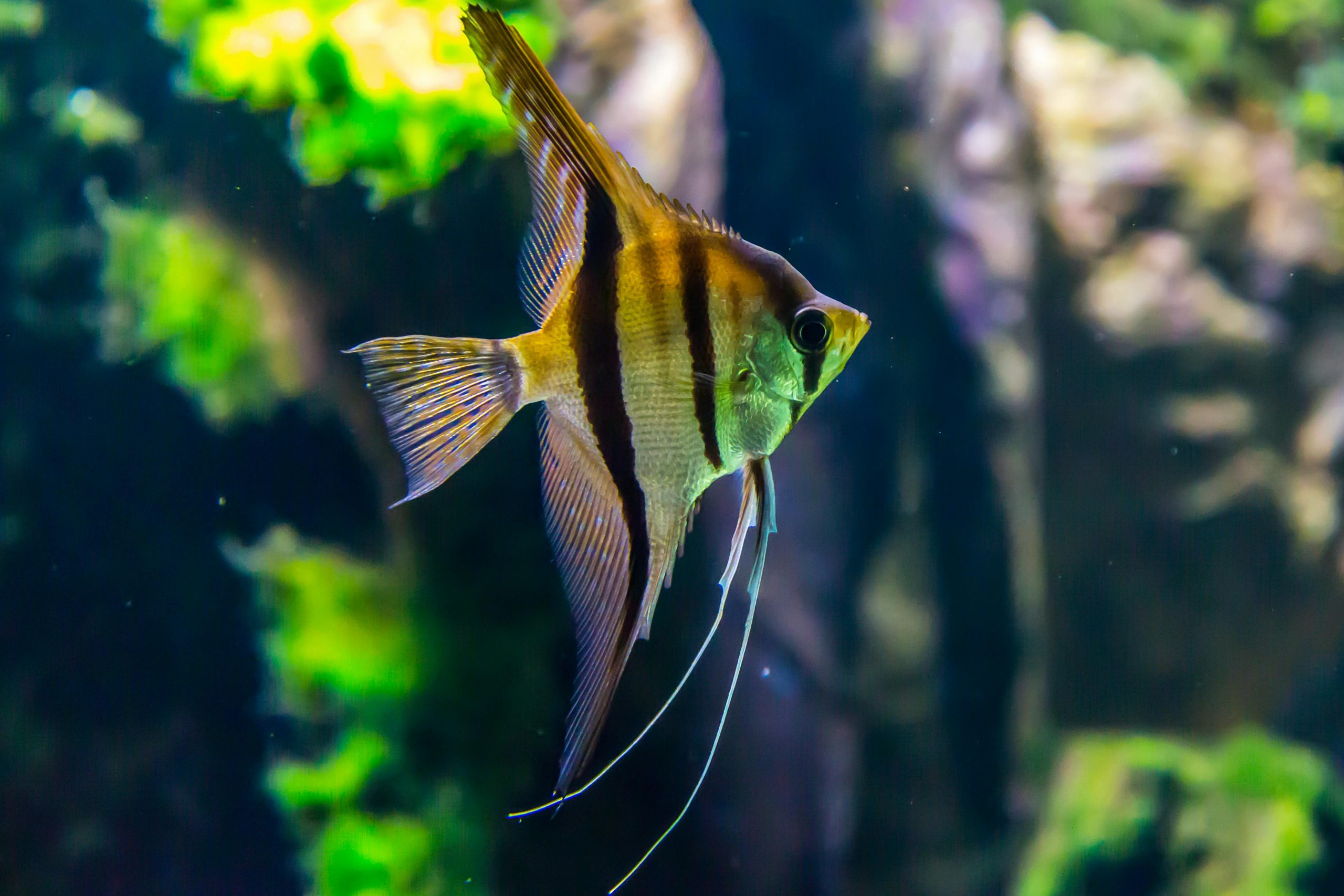
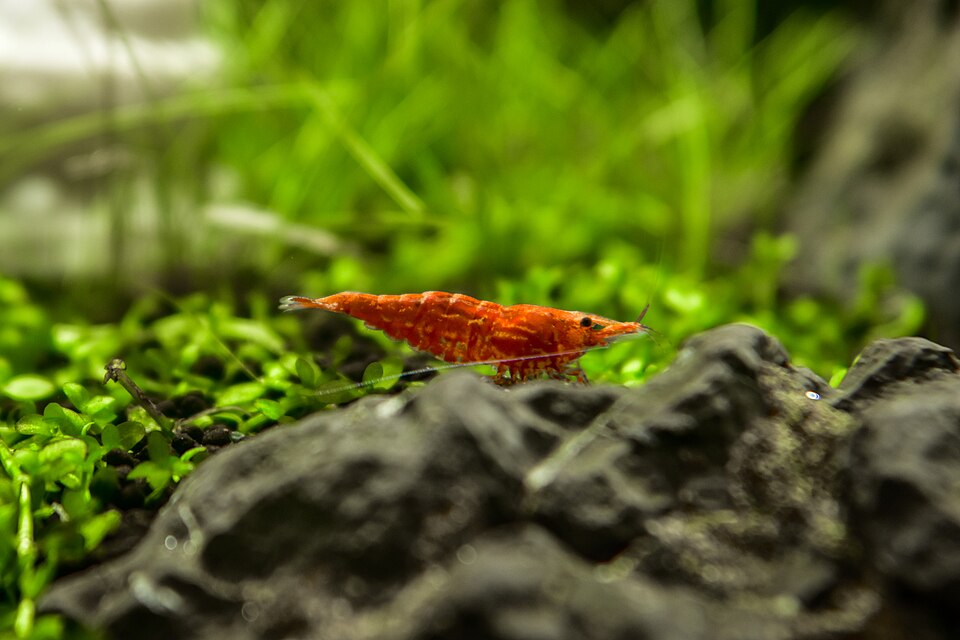
Leave a Reply